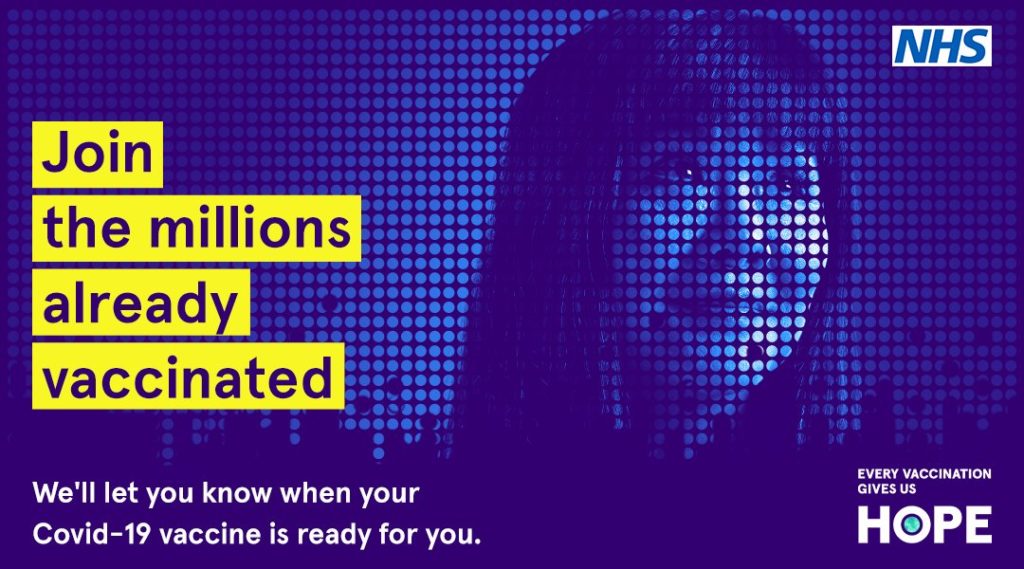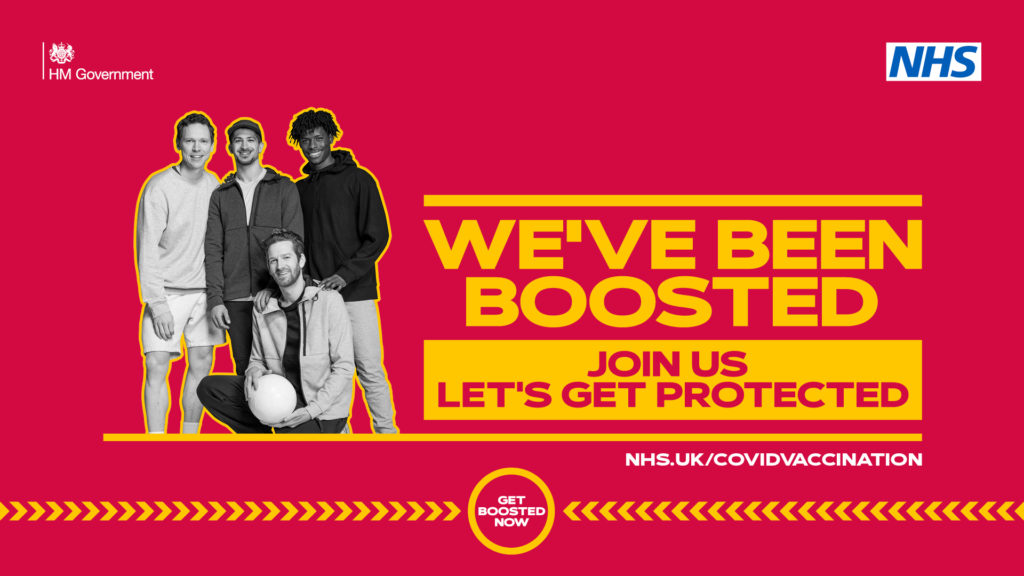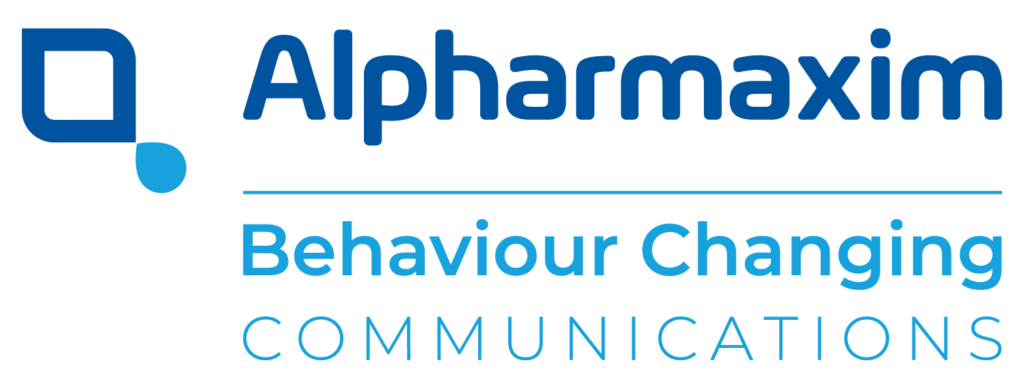Healthcare communications needs a fresh approach
Dan Parkinson, Principal Copywriter at Alpharmaxim

‘‘We do things this way because that’s how it’s always been done.”
Tradition. It feels comfortable – safe. We don’t really have to think about it, but we rely on it. It helps us make sense of life, offers predictability and stability. These are valuable qualities in the medical world.
But what was once the right course of action may no longer be so.
In healthcare practice, as in all areas of life, there are traditions – accepted ways of doing things. Approaches are not only shaped by economic or regulatory pressures, but by individual and collective beliefs, established through our experiences and exposure to a range of social and cultural influences. We’re all human, and we often make decisions with little conscious consideration other than ‘this is the way we’ve always done it’.
The same is certainly true of healthcare communications. As an industry, we tend to rely on tried-and-tested approaches to promote products. We build campaigns around tactics we’ve selected because, well, that’s what we’ve done before. We focus on brands and produce communications materials in well-established formats. But we don’t have the structure or the tools to effectively evaluate this approach, or to be confident that what we’re doing is right for that particular product or therapy area.
How do we know that the individual tactics we use are generating the actions we want? Do they actually result in a change in behaviour? And, most importantly, do they result in the best outcomes for patients? The answers are often unclear.

Physicians may be making prescribing decisions based on habits too. Habits based on a lifetime of experience, that have provided a level of success in the past. But what if new developments mean there is a better way to improve outcomes for patients, such as the availability of a new medicine? If the new product is to have a chance of success, a change in prescribing behaviour is needed – and for that to occur, a number of conditions must be met, including the knowledge to make an informed decision, physical access to the new product and the motivation to make the change. For someone to feel comfortable about changing behaviour that is deeply ingrained, a significant shift in beliefs may be required. To achieve any sort of shift, we must first understand the thought processes and the various factors influencing those beliefs.
“If you think about it from the patient’s perspective, what you’re looking for is actually that the patient gets the best drug available. And if the best drug available were purely a matter of logic and reason then every patient should have the best drug going forward. But the reality of the situation is that as much as the pharmaceutical companies have this habitual approach to launching drugs, physicians have habitual approaches to prescribing them. That can vary depending on therapeutic areas, but often they will prescribe a given drug because that’s what they’ve always prescribed.“
Will Hind, Agency Principal
Using science to understand behaviour
Nearly all of the communications projects we’re asked to deliver involve an element of behaviour change. We’re often asking audiences, such as healthcare professionals or patients, to perform a behaviour that is new to them, or that goes against their established way of doing things. There may be a whole host of barriers, influences, underlying beliefs and perceived risks preventing them from doing so. Behavioural science gives us the means to identify these aspects.
Putting aside the unique characteristics and complexities of the world of healthcare, there are numerous contextual factors that influence individual behaviours more generally, and these need to be considered. For example, social narratives – the stories told by society about the way things should be – can be powerful influences on decision making, particularly when decision outcomes are uncertain.1 Social narratives can serve as decision-making ‘shortcuts’, an effect that may be enhanced by existing behavioural biases, such as fear or situational blindness (i.e. only focusing on one aspect).1


NHS UK social media campaigns3,4 have used social norm techniques to encourage vaccination uptake.
Behaviour change that lasts
Another consideration is how to make behaviour change sustainable. Rather than looking for a short-term impact, pharmaceutical marketing seeks to create a lasting change in habits so that patients can continue to benefit in the future. This is an important element in communications when we’re identifying the most effective activities to use and the most credible avenues to follow.
“I think one of the absolute key stages whenever you want to encourage behaviour change is to identify and specify target behaviours. And that involves identifying the barriers, but also the facilitating factors that might support the continued uptake of a behaviour. That way, we can encourage lasting outcomes.”
Emma Begley (PhD), Behavioural Scientist
In short, behaviour change is a complex area and warrants a scientific approach to inform better communications practice. Getting it right isn’t going to be easy, but if we want to get more value from healthcare communications, we need to look beyond traditional methods.
Using behavioural science to analyse why healthcare decisions are made, and who or what are the main drivers behind this, is a step in the right direction towards enhanced healthcare communications. It means we can understand what is more likely to work for a particular therapy area and target audience. We can be confident about what our priorities and direction should be. We can start to measure the effectiveness of our activities in new ways, beyond traditional metrics. And that has to be a good position to be in.
References
1. Dolan P, Henwood A. Five steps towards avoiding narrative traps in decision-making. Front Psychol 2021;12:694032
2. Goldstein NJ, Cialdini RB, Griskevicius V. A room with a viewpoint: Using social norms to motivate environmental conservation in hotels. J Consum Res 2008;35(3):472–482
3. NHS UK [@NHSuk]. Twitter. 11:00am 2 May 2021. https://twitter.com/nhsuk/status/1388795440586428418. Accessed 12 January 2023
4. Public Health England. We’ve been boosted social assets. 17 January 2022. https://coronavirusresources.phe.gov.uk/covid-19-vaccine/resources/weve-been-boosted-social-assets/. Accessed 12 January 2023
5. Larrick RP, Soll JB. Economics. The MPG illusion. Science 2008;320(5883):1593–1594


